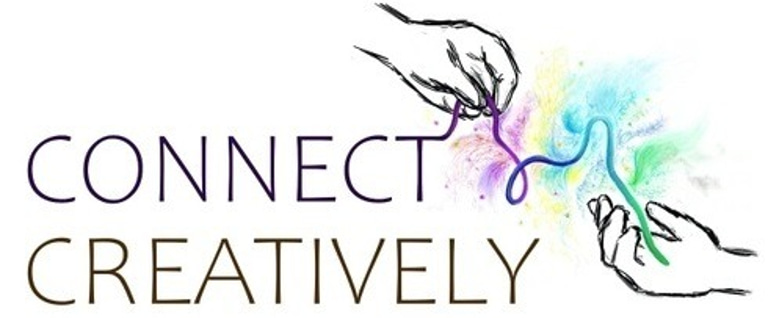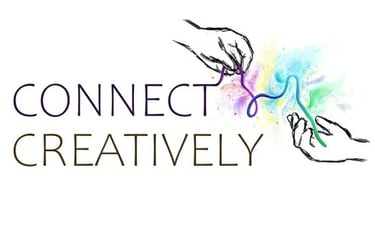Navigating the Teen Years: Planning Consequences, Encouraging Safety and Positive Risk-Taking
PARENTING RESOURCES
Catherine Lau, MADS, BCBA, RBA(Ont), RP
1/4/20255 min read


"Please help me with my teen"
An open-ended desperate plea for help from puzzled parents who simply cannot understand their teenager's behaviour and simply do not know what it would take for their child to turn off the computer and complete a simple chore in the absence of scornful swearing.
Hormones, emotional dysregulation, disobedience, risky decisions, all commonly reported and the reasons why parents seek therapy for their adolescent. During this developmental stage, the brain undergoes immense changes, pruning the thinking and processing parts and strengthening the white matter brain connections. This brain is going through major construction and so, the teenager brain will sometimes make decisions using the part of the brain that develops first: the amygdala (processes emotions, manages the fight-or-flight response) which can lead to instinctual, impulsive, emotional behaviours.
The prefrontal cortex (part that deals with problem solving, memory, executive functioning skills) continues to be "under construction" and develops until the age of 25. This brain development, combined with the physical and hormonal changes seen in puberty, can help us understand some teenager behaviour. Teenagers grow, seek independence, autonomy, take risks, pushing boundaries to establish their identity. The teenage brain is also reward-seeking, especially in the presence of peers (Steinberg, 2008). Poor parents.
Attaching Consequences to Behavior
There is a very successful and well researched approach to behaviour change. The research was conducted with families in crisis with adolescents who were showing extreme behavioural challenges. The evidence-based, solutions-focused, strengths-based strategies were effective in making behaviour change and improving psychological and educational outcomes for these youth (Doyle et al., 2010). The approach to behaviour change is all about connecting understanding that every behavior has a consequence. Behaviours result in positive consequences too! Setting up a system that helps teenagers see the consequences to their actions helps them engage in the positive behaviours that result in positive consequences, that can help decrease the undesired behaviour challenges. Positive consequences can include verbal praise, opportunities for increased privileges, screen time, or whatever the family pre-determines.
Giving the teenager an opportunity to have a say in determining the family rules and expectations and also what consequences and rewards for meeting or not meeting expectations, is also a part of the approach. This can help increase buy-in and also provide them with feelings that the consequences are fair. This not only fosters a supportive environment but also enhances the teenager's motivation to demonstrate good behavior consistently. By experiencing the rewards for their positive choices, adolescents' reward pathway in the brain are activated, and they are more inclined to repeat those actions in the future.
Conversely, negative consequences may involve taking away privileges, implementing restrictions, or engaging in discussions about the repercussions of their actions. The aim of these negative consequences is not punitive; rather, they are designed to guide teenagers towards recognizing the implications of their behavior. It is essential that these responses are immediate and proportional to the behavior in question, as this helps the adolescent draw a direct line between their choices and the outcomes that follow.
Teens are encouraged to take responsibility for their actions, thereby cultivating a sense of accountability. This approach inherently teaches adolescents that they are active participants in their own lives and that their choices possess the power to significantly influence their personal outcomes (Whittaker et al., 2003)
Encouraging Safe Risks (what?!)
Adolescents may naturally gravitate towards reward-seeking behaviors during this time of brain growth and development; this inclination can lead to both positive growth but may also lead to risky behaviours. Teens may experiment with activities that may involve risk, physical, social, drugs, alcohol.
Taking risks is not necessarily a bad thing and is a healthy part of development; it is a way that teens learn about themselves, their strengths, their relationships, and grow. We do not want our teens to avoid risks at all costs (impossible); rather, we want our teens to be able to make safe decisions.
Creating positive risks taking opportunities, is something that can help decrease adolescents from seeking risk-taking opportunities with peers (learning sports, martial arts, clubs, taking leadership opportunities, trying something new, going on a rollercoaster, performing, learning art and drama). Not always easy to encourage your teenager to engage in structured safe risk taking activities, but you can certainly try! Perhaps earning some sort of incentive for participating can help encourage them to take a safe risk (Duell, Steinberg, 2020).
Note: this is very much in line with the boys town model!
"I want my teen to come to me for help if they need it"
It can help a teenager understand the parent perspective when rules and behavioural expectations are focused around safety (rather than arbitrary rules, morals, or laws that a teem may find arbitrary and be less inclined to follow). It is important that a teenager is open to coming to their parent or trusted adult for help, should they find themselves in an unsafe situation.
"I always want you to be safe and make good choices, but let's say you find yourself where you or your friends are unsafe, I want you to call me for help. I will not make you feel bad for asking me to help. "Having this conversation is not always so simple (Dr. Lisa Damour, Unicef). It may not be as well-received as a parent hopes.
Sometimes having professional on your team can help support this conversation. A therapist can make suggestions on how to set up a boys town model, with consequences that make sense. Therapy can provide a safe place to understand your teenager's perspective, and for them to hear yours. The goal is to support teenagers to make healthy and safe choices as they continue on their journey of brain development.
References
Balocchini E, Chiamenti G, Lamborghini A. Adolescents: which risks for their life and health? J Prev Med Hyg. 2013 Dec;54(4):191-4. PMID: 24779278; PMCID: PMC4718319.
Doyle, J., Flood, G., Towart, B., & Kidd, J. (2010, December 1). Boys Town Engadine. a family preservation programme. https://ugp.rug.nl/IJCFW/article/view/37831
Duell N, Steinberg L. Positive Risk Taking in Adolescence. Child Dev Perspect. 2019 Mar;13(1):48-52. doi: 10.1111/cdep.12310. Epub 2018 Nov 6. PMID: 30774707; PMCID: PMC6371981.
James K. Whittaker, Lisa Holmes, Jorge Fernandez del Valle, Sigrid James. 2003. Revitalizing Residential Care for Children and Youth: Cross-national Trends and Challenges. Chapter by
Daly and Thompson, A Review of the teaching family model/ boys town family home program: https://books.google.ca/books?hl=en&lr=&id=4yOqEAAAQBAJ&oi=fnd&pg=PA154&dq=boys+town&ots=is_qF2WXJU&sig=3JcnFS2s2Dubibnoe_nYQ1QG1JA#v=onepage&q=boys%20town&f=false
Larzelere, R.E., Dinges, K., Schmidt, M.D. et al. Outcomes of Residential Treatment: A Study of the Adolescent Clients of Girls and Boys Town. Child & Youth Care Forum 30, 175–185 (2001).
Steinberg L. A Social Neuroscience Perspective on Adolescent Risk-Taking. Dev Rev. 2008 Mar;28(1):78-106. doi: 10.1016/j.dr.2007.08.002. PMID: 18509515; PMCID: PMC2396566.
Teens and risky behaviour. UNICEF.org. (n.d.). Retrieved from https://www.unicef.org/parenting/mental-health/teens-risky-behaviours


